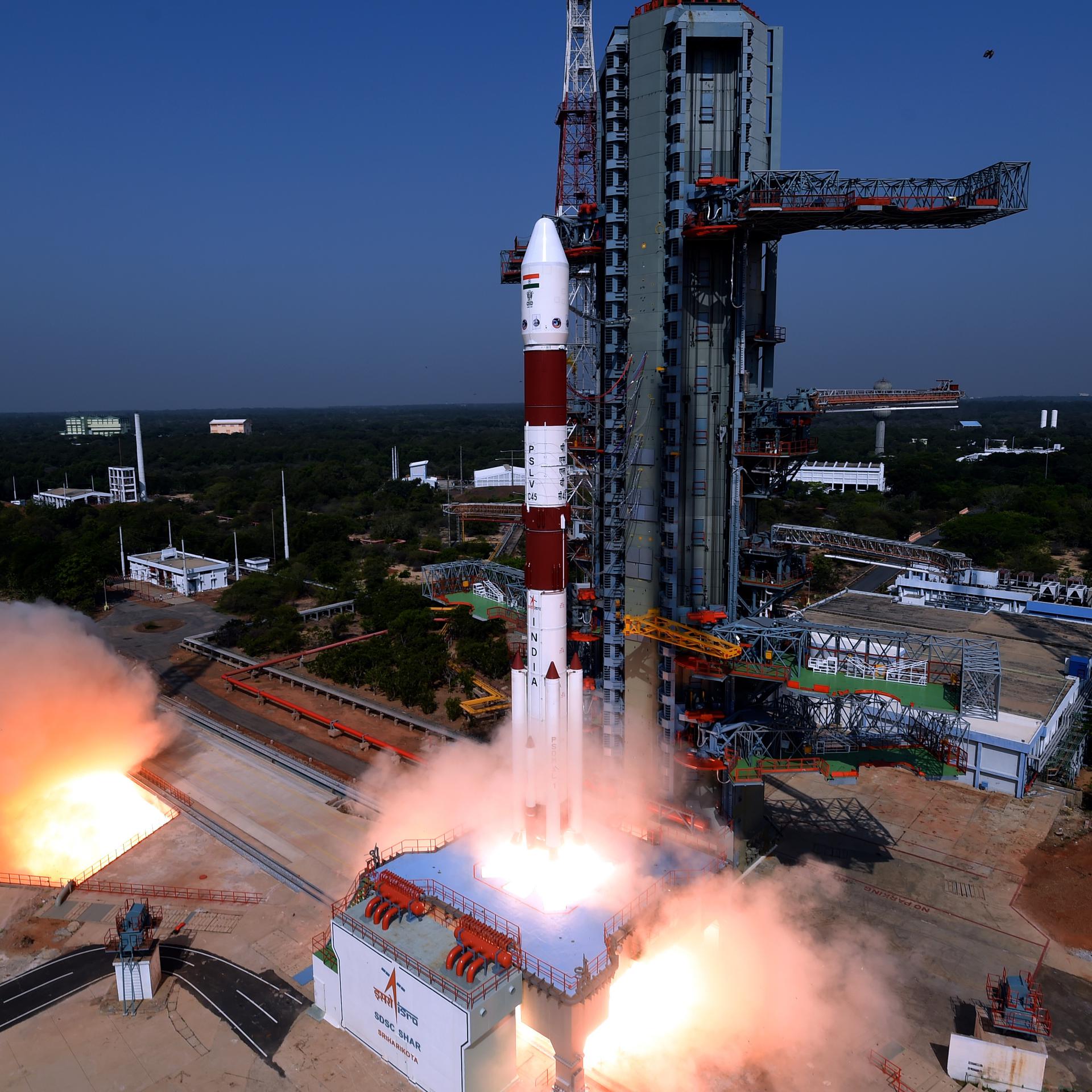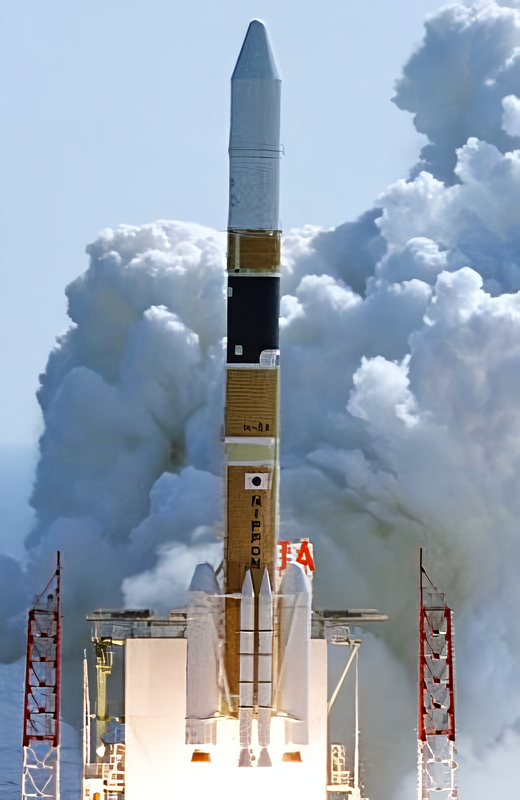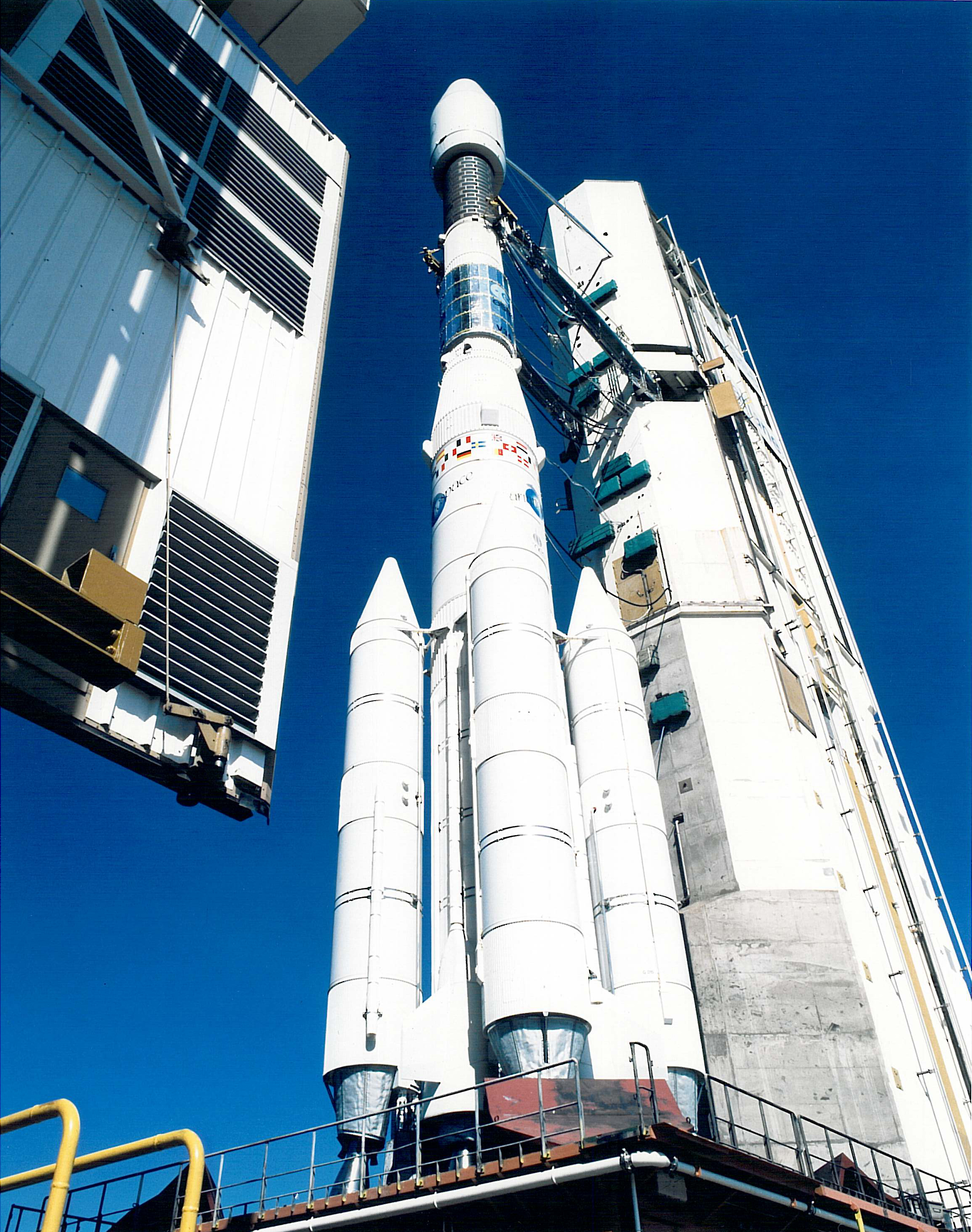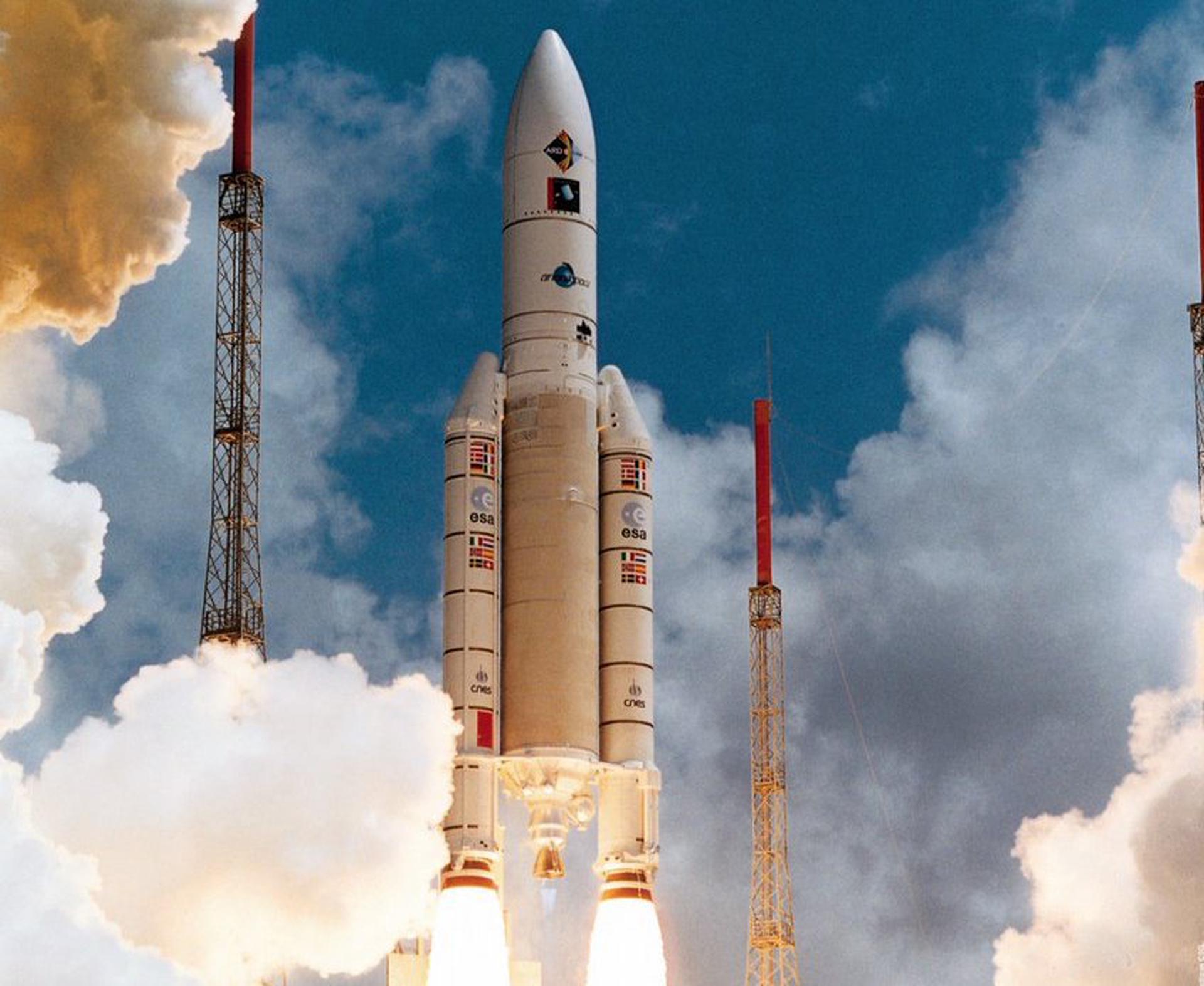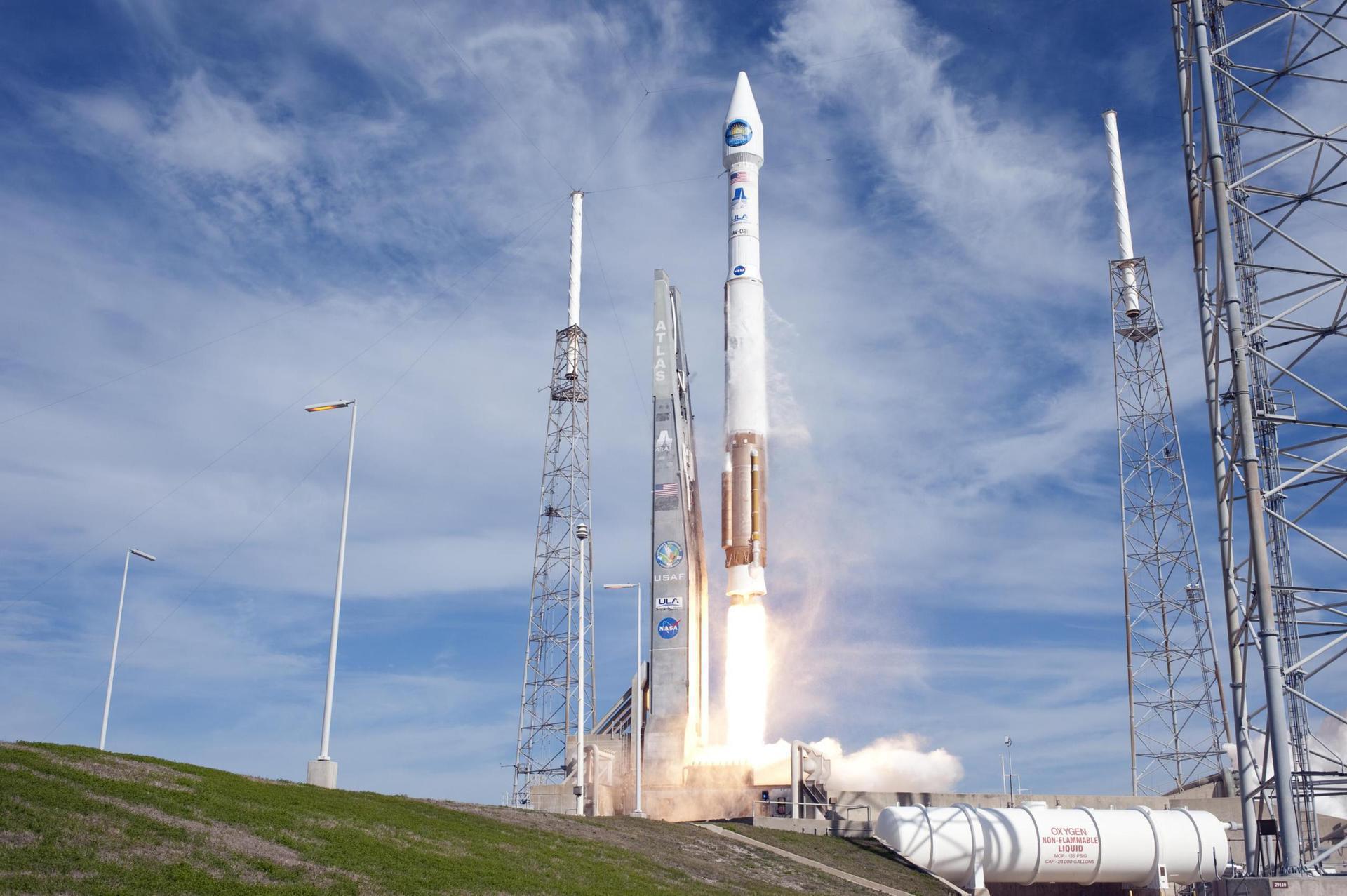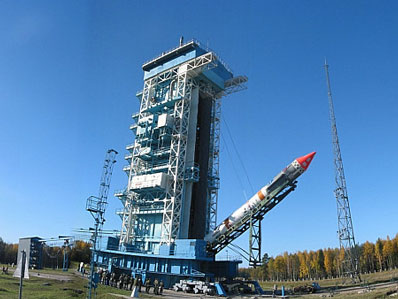Previous Spaceflight Launches
Filter by Agency, Locations or Vehicles
Show All LaunchesPSLV | KALPANA-1
Indian Space Research Organization | IndiaSatish Dhawan Space Centre, India
Sept. 12, 2002, 10:23 a.m.
Status: Launch Successful
Mission:
Kalpana-1 was the first dedicated meteorological satellite launched by Indian Space Research Organisation using Polar Satellite Launch Vehicle on 12 September 2002. The satellite is three-axis stabilized and is powered by solar panels, getting up to 550 watts (0.74 hp) of power. The METSAT bus was used as the basis for the Chandrayaan lunar orbiter mission of 2008.
Geostationary OrbitH-IIA 2024 | USERS & DRTS
Mitsubishi Heavy Industries | JapanTanegashima Space Center, Japan
Sept. 10, 2002, 8:20 a.m.
Status: Launch Successful
Mission:
USERS (Unmanned Space Experiment Recovery System) was a Japanese microgravity experimental satellite. After 8.5 months in orbit, a reentry vehicle was to be returned to earth with the materials manufacturered in space. DRTS (Data Relay & Tracking Satellite) is an inter-satellite communications experiment satellite to relay data between the target spacecraft (low earth orbit satellites, space stations, etc.) and ground stations.
Geostationary Transfer OrbitAriane 44L | INTELSAT 906
Aérospatiale | FranceGuiana Space Centre, French Guiana
Sept. 6, 2002, 6:44 a.m.
Ariane 5 G | Atlantic Bird 1 & Meteosat 8
ArianeGroup | FranceGuiana Space Centre, French Guiana
Aug. 28, 2002, 10:45 p.m.
Proton-K/DM-2M | Echostar VIII
Khrunichev State Research and Production Space Center | RussiaBaikonur Cosmodrome, Republic of Kazakhstan
Aug. 22, 2002, 5:15 a.m.
Status: Launch Successful
Mission:
EchoStar VIII was an American geostationary communications satellite which is operated by EchoStar. It is positioned in geostationary orbit at a longitude of 77° West, from where it is used to provide high-definition television direct broadcasting services to the Contiguous United States.
Geostationary Transfer OrbitAtlas V 401 | Hot Bird 6
United Launch Alliance | United States of AmericaCape Canaveral SFS, FL, USA
Aug. 21, 2002, 10:05 p.m.
Status: Launch Successful
Mission:
Eutelsat 8 West C, known as Hot Bird 6 prior to 2012 and Hot Bird 13A from 2012 to 2013, is a French communications satellite. Operated by Eutelsat, it provides direct to home broadcasting services from geostationary orbit.
Geostationary Transfer OrbitProton-K/17S40 | Araks-N 2
Khrunichev State Research and Production Space Center | RussiaBaikonur Cosmodrome, Republic of Kazakhstan
July 25, 2002, 3:13 p.m.
Status: Launch Successful
Mission:
This was the second launch of the Arkon-1 electro-optical reconnaissance. The 17S40 Blok DM5 upper stage and satellite were placed by the Proton into a parking orbit. The DM then made two burns to place the satellite in its 1500 x 1836 km x 64.4 deg operational orbit.
Low Earth OrbitKosmos-3M | Strela-3 131 & 132
Russian Space Forces | RussiaPlesetsk Cosmodrome, Russian Federation
July 8, 2002, 6:35 a.m.
Ariane 5 G | Stellat 5 & N-Star C
ArianeGroup | FranceGuiana Space Centre, French Guiana
July 5, 2002, 11:22 p.m.
Delta 7425-9.5 | Contour
McDonnell Douglas | United States of AmericaCape Canaveral SFS, FL, USA
July 3, 2002, 6:47 a.m.
Status: Launch Successful
Mission:
The CONTOUR (Comet Nucleus Tour) probe, built and operated by the Johns Hopkins University's Applied Physics Laboratory (APL), began its five year mission to explore three comets, using repeated encounters with the earth to modify its orbit in order to reach each target.
Sun-Synchronous Orbit